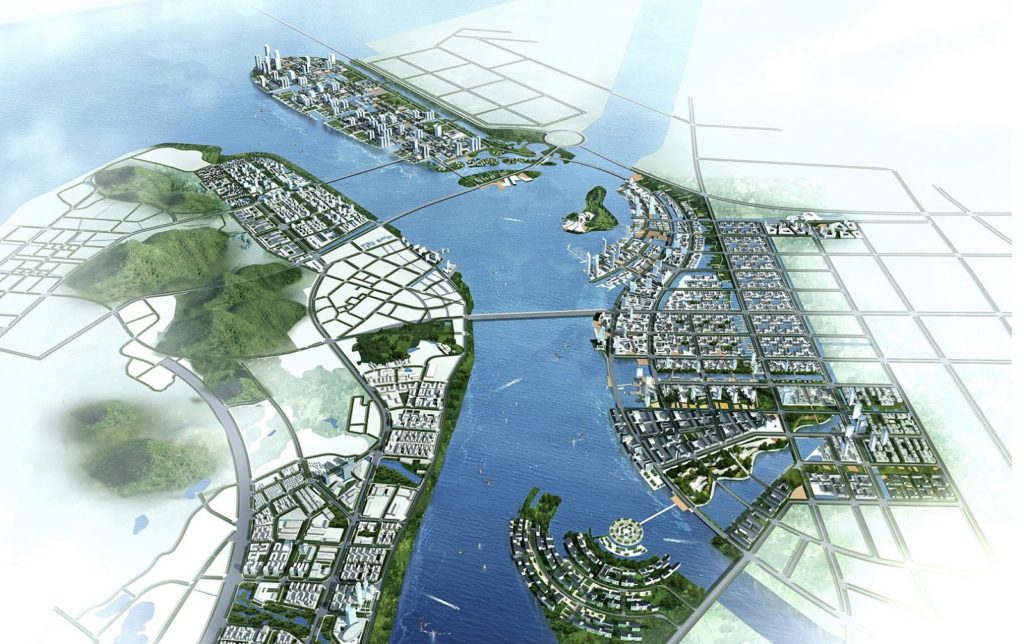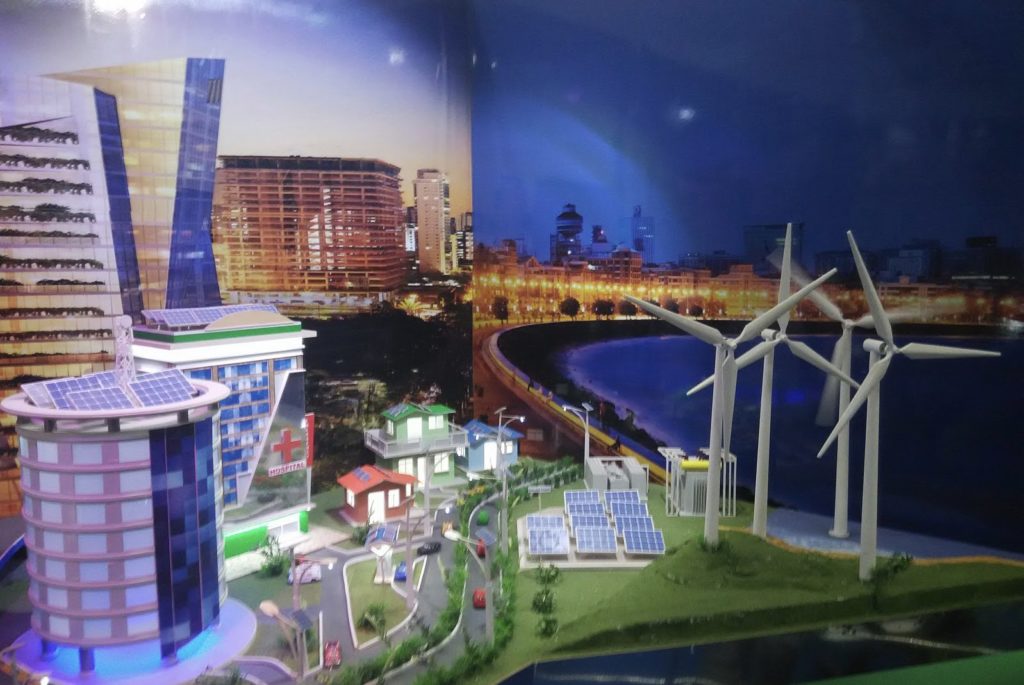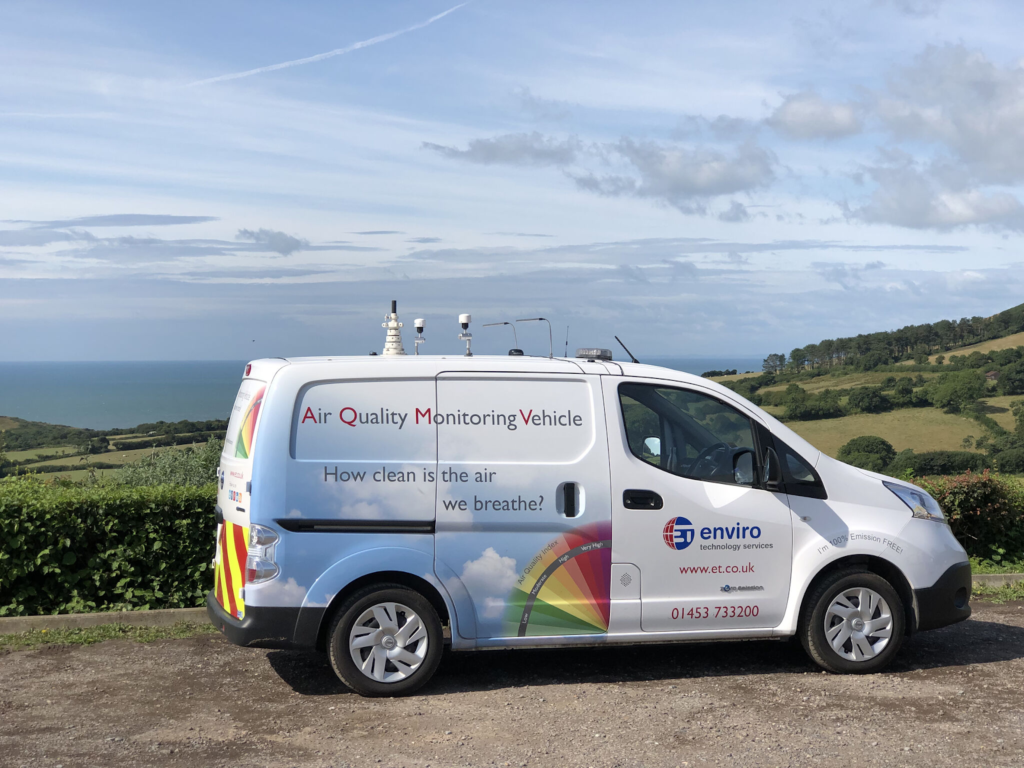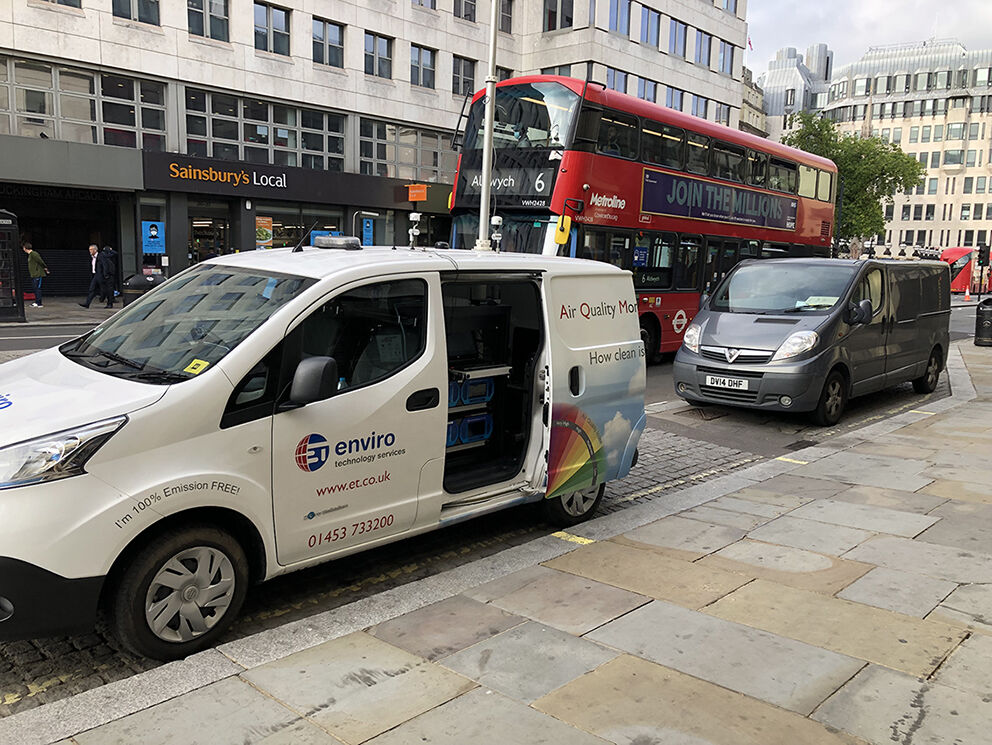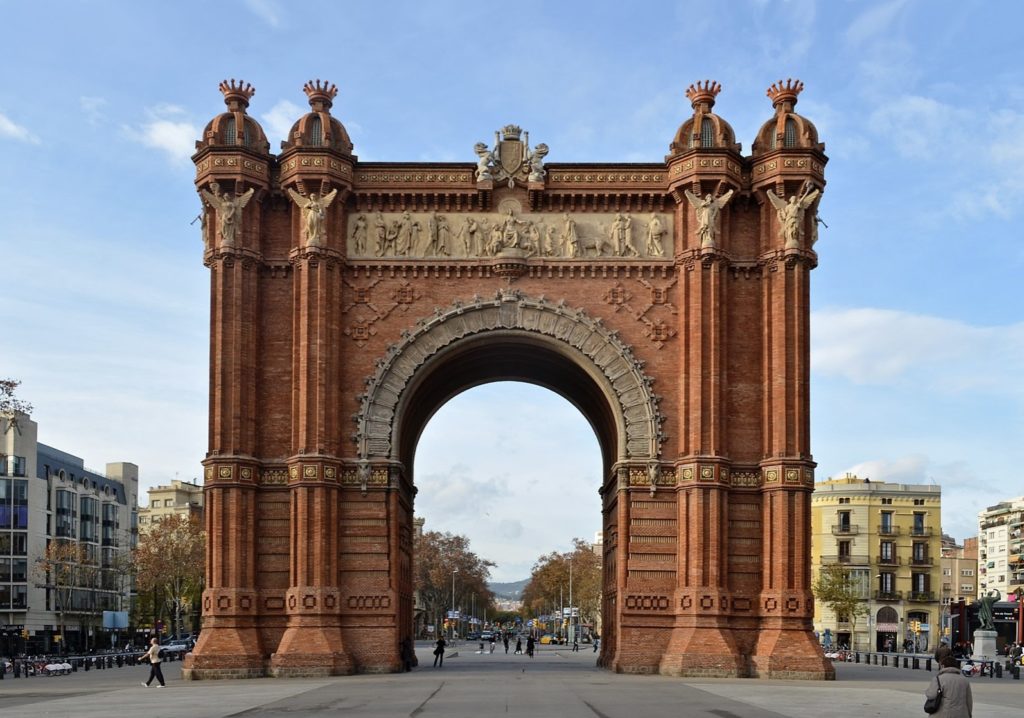What is a Smart City?
You have probably heard the term “Smart City” in passing without giving it much thought. But, what do people mean when they say “Smart City,” and why is this subject important? The emergence of “Smart Cities” began in the mid-2000s. The movement was started to alleviate problems that have developed as a result of urbanization across the globe.
“A smart city is an urban area that uses different types of electronic methods and sensors to collect data. Insights gained from that data are used to manage assets, resources, and services efficiently; in return, that data is used to improve the operations across the city. This includes data collected from citizens, devices, buildings, and assets that are then processed and analyzed to monitor and manage traffic and transportation systems, power plants, utilities, water supply networks, waste, crime detection, information systems, schools, libraries, hospitals, and other community service” – Wikipedia.com
The term “Smart City” was coined to describe cities that have taken the initiative to tackle major issues that plague urban areas. Such as pollution in our air and water or energy waste in the use of a city’s power grid. Smart City applications have also even been introduced in socio-economic ways for residents. For example, providing free child-care so that women can return to work after childbirth, such as in the Kashi-wa-no-ha Smart City Project.
Smart Cities use IoT (“Internet of Things”) sensors to collect data, in turn using that data to manage local resources more efficiently, reduce waste, and improve the quality of life for the residents. Simply put, Smart Cities take the time to identify their most significant challenges, formulate a plan to combat them, and execute. Imagine what the world would look like if every city were a “Smart City?”
“The smart city concept integrates information and communication technology (ICT), and various physical devices connected to the IoT (Internet of things) network to optimize the efficiency of city operations and services and connect to citizens. Smart city technology allows city officials to interact directly with both community and city infrastructure and to monitor what is happening in the city and how the city is evolving. ICT is used to enhance the quality, performance, and interactivity of urban services, to reduce costs and resource consumption, and increase contact between citizens and government. Smart city applications are developed to manage urban flows and allow for real-time responses” – Wikipedia.com
What Characteristics Define a Smart City?
While the definition of what constitutes a “Smart City” is arguable and varied due to the vast differences in technologies/problems to be tackled by each City, there are core principles and characteristics to be noted.
Smart Cities…
➡️ Begin initiatives by taking a simple inventory integrating as many data sets as possible. This is a fundamental first step in assessing a particular city’s needs and a vision for improvement.
➡️ Find success in experimenting with pilot projects, learning from them, and building iteratively. For example, Amsterdam’s Smart City initiative has created more than 80 pilot projects citywide that touch on many areas of urban life.
➡️ Develop efficient uses of current physical infrastructure by utilizing artificial intelligence and data analytics. This practice supports vibrant and healthy socio-economic, cultural growth.
➡️ Effectively engage with local governments by improving the collective intelligence of the city’s institutions through the encouragement of citizen participation in the design and operation in their town.
➡️ Learn, educate their citizens, adapt, and innovate. This results in Smart Cities being able to respond more effectively to ever-changing circumstances.
➡️ Evolve towards a sustainable integration of human intelligence, collective intelligence, and artificial intelligence.
➡️ Apply a wide range of electronic and digital technologies to communities and towns. Information and communication technologies (ICT) are used to transform life and working environments within the region. Bringing ICTs and their local communities together enhances the innovation and knowledge that they offer the public and the world as a whole.
“A smart city may therefore be more prepared to respond to challenges than one with a simple ‘transactional’ relationship with its citizens. Yet, the term itself remains unclear to its specifics and therefore, open to many interpretations.” – Wikipedia.com
How Does Met One Instruments, Inc. Work with Smart Cities Around the World?
Enviro Technology Services Ltd, Met One’s U.K. distributor, has deployed a mobile solution for monitoring urban air quality with their “Smogmobile.” ET describes the Smogmobile, an air quality monitoring vehicle, as follows:
“Meet the Smogmobile, a sophisticated mobile air quality laboratory in an all-electric van. Using state-of-the-art, next generation monitoring equipment, the Smogmobile is capable of measuring key pollutants and greenhouse gases with extreme accuracy, both at static locations and on the move. It is also able to switch between monitoring outside air and air inside the driver’s cab all without contributing any emissions itself.”
This innovative air monitoring vehicle utilizes a pair of Met One Instruments, Inc. ES-642 Remote Dust Monitors to measure PM2.5 and PM10 at the same time. It also employs an AIO 2, Met One’s 5-parameter Sonic Weather Sensor, which measures wind speed, wind direction, temperature, pressure, and relative humidity, affixed to a 6-foot mast which extends from the top of the vehicle.
The Smogmobile has been an effective tool in enacting local air quality regulations with the help of the data it has collected. Recently, in Chideok, in Dorset village, England, officials decided to impose a permanent speed limit of 30 mph after suffering from high air pollution levels.
The Smogmobile collected data before and after a trial reduction of the speed limit to show air pollution levels. The data the Smogmobile gathered was enough to prove that reducing the speed limit was an effective strategy at reducing pollution levels. The findings also spurred the village to install electric vehicle charging points, among other environmental initiatives.
🔗 Read More about Chideock’s Air Quality Experiment and Resultant Policy Changes Here.
🔗 Visit our Smart City Applications page to learn how MOI leads the world as the industry standard in air quality measurement!
What Cities Around the World Are Considered a “Smart City” Currently?
Amsterdam-Netherlands, Barcelona-Spain, Lahore-Pakistan, Kashi-wa-no-ha-Japan, and even Columbus-Ohio are just a handful of cities worldwide that have embraced this concept and made a name for themselves as leaders in the Smart City Movement.
Is there a Smart City project near you? Would you like where you live to become a Smart City? If so, check out these exciting case study articles for more information about current Smart City projects! We hope you find them as inspiring as we do.

